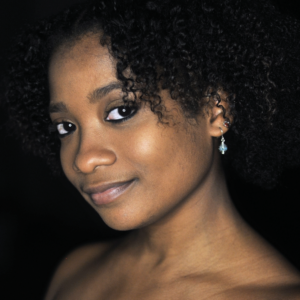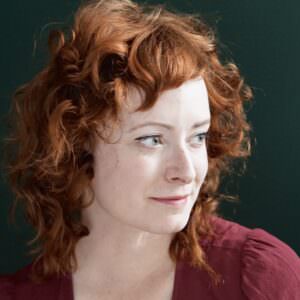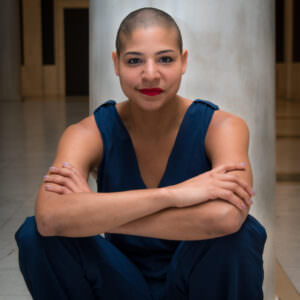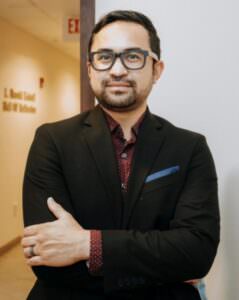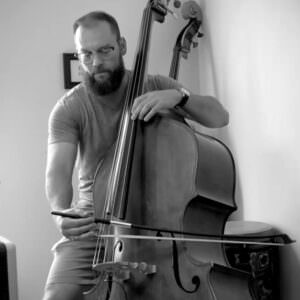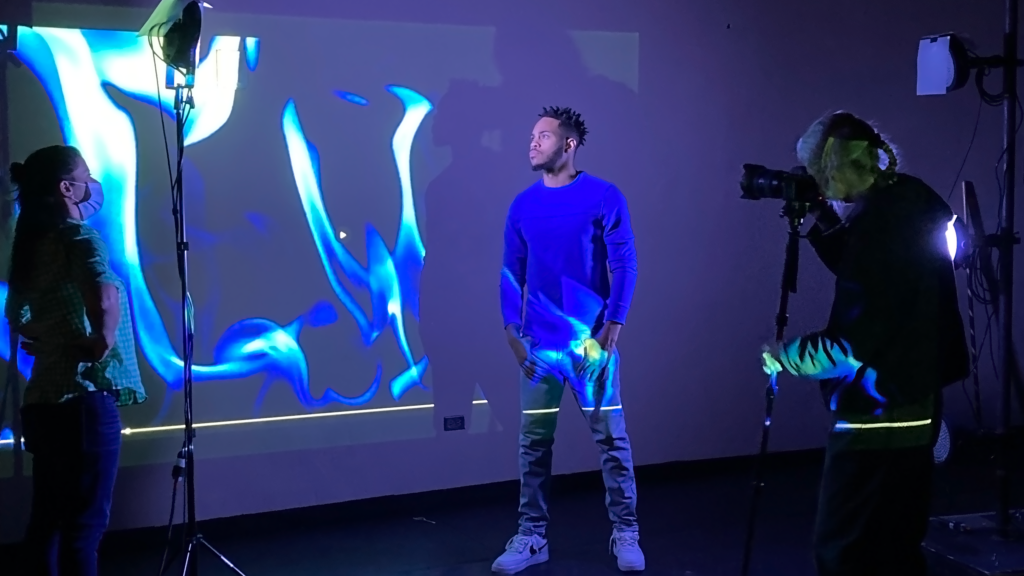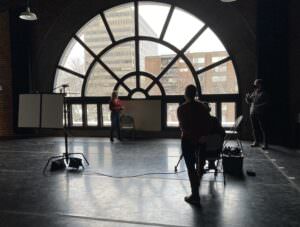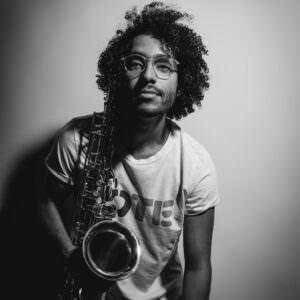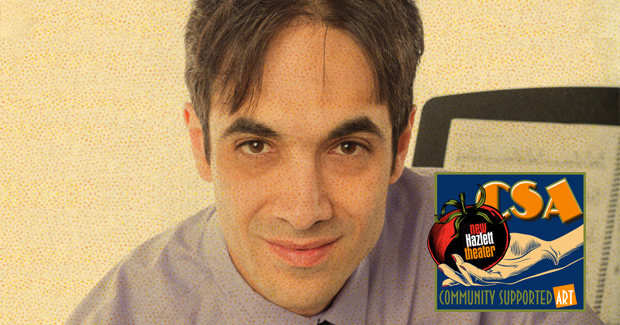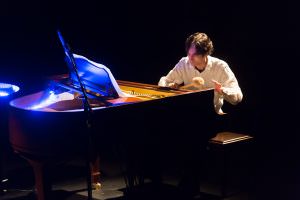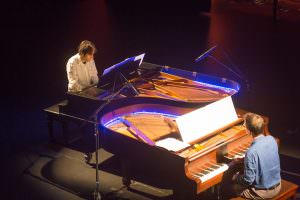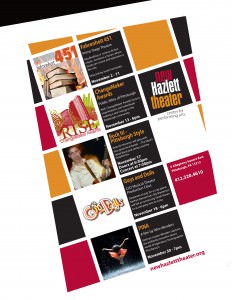
(Pittsburgh, PA) August 9, 2022— Singer/songwriter Vida Chai kicks off the New Hazlett Theater’s 10th Season with Somewhere Strange, an all-new album in concert. Composed in the desert of 2020, this eclectic performance features an all-star band that seamlessly blends folk-Americana, jazz, and rock. This immersive concert uses music, dance, and storytelling to explore the complexity of isolation and companionship during an evolutionary time. This production is part of the Theater’s 10th season of Community Supported Art (CSA), which provides emerging artists with the opportunity to develop new work for the New Hazlett stage.
“Thanks to the generosity of Heinz Endowments, the New Hazlett is able to provide more support than ever before to our CSA artists,” says Director of Programming Kristin Helfrich. “Chai’s danceable folk-rock concert will be complemented by choreography from Pittsburgh newcomer Kaila Carter under the direction of multi-disciplined and incredibly talented Lindsay Goranson. We’re looking forward to this highly collaborative performance to kick off our 10th anniversary season.”
|
|
Somewhere Strange has three showings only: Thursday, October 13th at 8 PM and Friday, October 14th at 11 AM & 8 PM. Individual tickets and season subscriptions are available for purchase on the New Hazlett website. Tickets range from $19–$29 and 5-show subscriptions are $110. The Friday matinee on October 14th is free to the public as part of RADical Days. Registration is recommended.
Vida Chai may have been in quarantine when they wrote Somewhere Strange, but the album’s premiere is bringing their hard-to-beat band back together. Joining Chai on stage is Donnie Bell (Guitar), Dan Miller (Upright Bass), Ryan Socrates (Percussion) along with Kelsey Robinson and Treasure Treasure doubling as vocalists and dancers. Each member of the group is incredibly versatile – something Chai values since their style incorporates multiple genres including folk-Americana, rock, 90s pop, and jazz.
“Before I was a musician, I was a writer of poetry and fiction, and I think that at heart, I have always been a storyteller,” says Chai. “I’ve been performing as a musician for 10 years and have been longing for the space and resources to create a show as a full theatrical performance.”
As a selected artist for CSA Season 10 artist, Chai will have exactly that. Through the CSA Performance Series, New Hazlett Theater provides mentorship, support, space, and resources for artists to produce a full-scale production. Vida plans to use this opportunity to create a unique and immersive concert experience, combining music and dance with captivating lighting and an atmospheric set.
“I want to immerse the audience in the performance as much as possible,” continues Chai. “I want to address them directly and welcome them into the story.”
Somewhere Strange premieres Thursday, October 13, live onstage at the New Hazlett Theater. Read the most updated safety guidelines on the New Hazlett website. Accessible seating and assistive listening devices are available for all productions. Please email Phoebe Orr with any questions.
###
Download High Res Images for Press
Meet the Band
|
|
|
|
|
|


